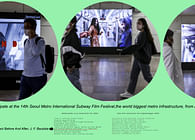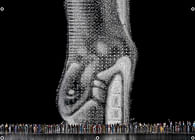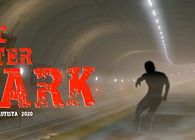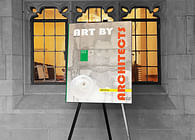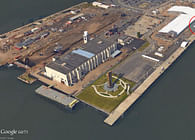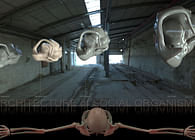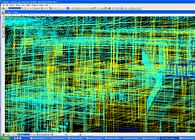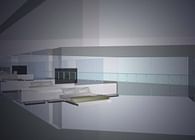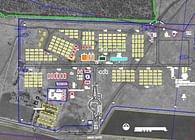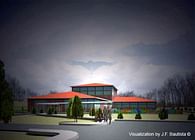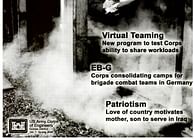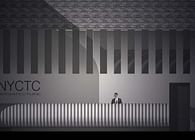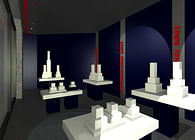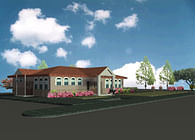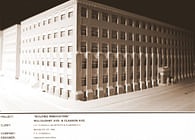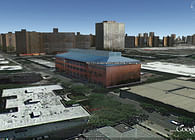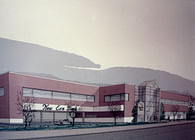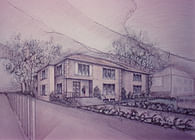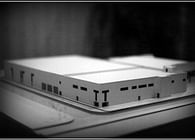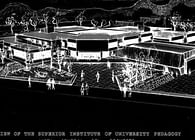
Architects and Engineers Can Work Together with BIM in the Cloud.
By performing MEP, structural, and exterior skin-clash detection with architects, engineers and contractors are solving problems together in the same room when they’re still a part of a 3D model and not in the field, where they are real-life clashes.
I'm involved in all phases of the architectural process. I start reading the customer's requirements...brainstorm some alternatives...sketch the basic ideas...make a quick cardboard model...test the same in a modeling software...and start BIM'ing to the cloud.
1. I work from Any Web-Connected Computer
My files are always accessible in the cloud, which means I'm not chained to one device—laptop, desktop, smartphone, tablet—or operating software. If I need to take my work into the field, I don’t have to drag my computer with me because I can access all my files from any computer or mobile device.
2. Better Collaboration Capabilities
You don’t have to roll out big paper plans to collaborate. The cloud is designed for collaboration because it’s a central place where your files live. Instead of sending your files out to a bunch of people and losing track of who is doing what, you can send people access to a master file and maintain access-and-permissions control over what they can see. For example, you can set permissions so that some people can only view a file while some can edit it and make changes on the fly.
3. Fewer IT Requirements
Although it might seem like a lot of time out of your busy day, there is typically little-to-no installation required to use the cloud, no updates needed, and fewer hardware incompatibilities. That means you get up and running quickly and work more efficiently.
For one, you’ll never have to worry about software versions because you typically won’t have to install or run updaters while using a software company’s cloud services. You’ll be using up-to-date software at all times because it’s rolled into your fees. And you won’t have to worry about hardware requirements because you’re accessing everything through the web. Meanwhile, there’s a gradual growth in functionality with software used through the cloud, so you never feel like you are stuck with a big learning curve.
4. Lower Pricing
Cloud software is typically subscription or membership based (with monthly or annual payments), meaning you don’t have to pay a bunch of money upfront for a one-time software download. You can pay for what you use and—more importantly—stop paying for time you don’t need. So if you’re working on a three-month-long project, use the software for that period and go dark until your next project starts. It’s also easier to justify billing a client for three months of software costs over billing for a large, one-time purchase.
5. More Secure (Yes, You Read That Right)
Ironclad security is not generally people’s first impression of the cloud. But the truth is, cloud-service providers go to great lengths to ensure security of your data because their business depends on it. A breach in security could be a death knell for a cloud-storage business, so it’s their number-one priority. And the fact is, they’re probably better at it than you will be (as well as better at holding onto your data). Your files are more likely to get into the wrong hands from someone walking off with your laptop than they are by someone hacking into a highly encrypted cloud storage system. And whether you realize it or not, you’re already in the cloud. Banks use it. Gmail, Google Docs, DropBox… the list goes on.
6. You’re Not Alone
According to a recent report by cloud experts, Parallels, the cloud-services market has grown to $45 billion as about six million small-to-medium businesses entered the cloud market for the first time in 2012. The report also states that 50 percent of small businesses will have a mobile website by 2015 and will be using an average of seven cloud services.
Status: Built
Location: New York, NY, US
My Role: BIM - Architectural Designer








